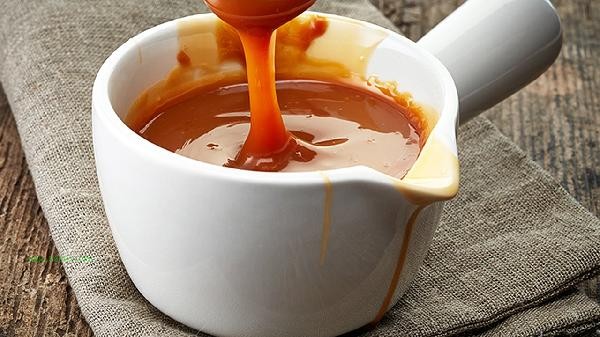Jam is usually purchased in supermarkets, convenience stores, online e-commerce platforms, farmers' markets, and imported food specialty stores. As a common food, jam has a wide range of purchasing channels. Supermarkets usually offer a variety of brands and flavors of jam, including domestic and imported products, with a wide range of choices suitable for daily family consumption. Convenience stores mainly sell small packages of jam, which are convenient for temporary purchase or carrying when going out. There are various types of online e-commerce platforms, where you can purchase local specialty jams or niche brands. Some platforms also support cross-border purchases of foreign products. Handmade jam is often sold in agricultural markets, with fresh and additive free ingredients, suitable for consumers who pursue natural food. Imported food specialty stores mainly sell well-known foreign brand jam, with guaranteed quality but relatively high prices.

When purchasing jam, pay attention to checking the production date, shelf life, and ingredient list to avoid choosing products that contain too many additives. Choose jam with different sweetness or pulp content according to personal taste preferences and uses. Low sugar jam is suitable for sugar control people, while high pulp jam is more suitable for spreading on bread. When storing, it should be placed in a cool and dry place. After opening, it should be refrigerated and consumed as soon as possible. Special populations with sugar intolerance should choose sugar free formulas, while those with allergies should pay attention to the allergenic ingredients in jam.








Comments (0)
Leave a Comment
No comments yet
Be the first to share your thoughts!